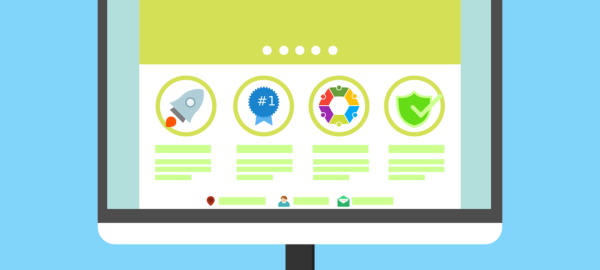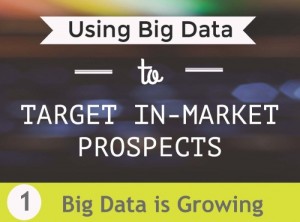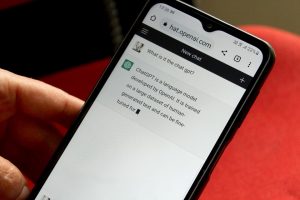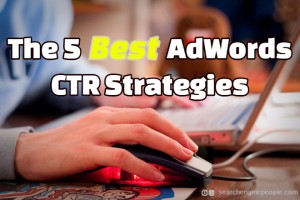— July 1, 2019
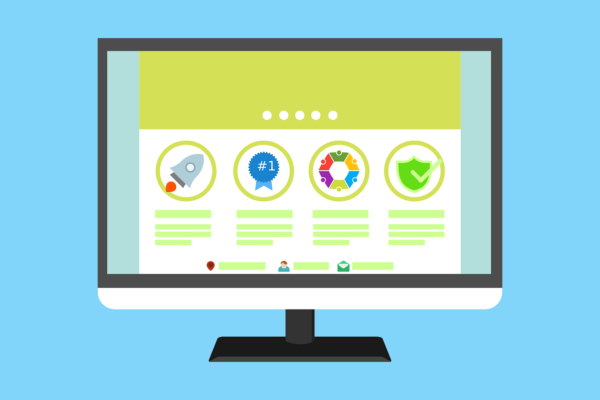
200degrees / Pixabay
Your SaaS website is one of your biggest tools to convert potential customers to a done deal. In other words, it should act as a conversion funnel. It can walk visitors through the sales funnel all the way from awareness to close.
That is, if you have a good website.
For SaaS companies, having that is vital.
Your goal with a great B2B website is to convert 1% of all visitors. So, if you have 1000 visitors, that’s 10 contacts per month. If you don’t know what your website conversion rate is, then you’re reading the wrong post. Start by learning about the metrics behind your website’s performance so you have a baseline before learning more about conversion optimization for SaaS providers.
Keep reading to walk through how your website functions as a sales funnel.
Awareness
When you google something, you’ll probably get a few ads first, maybe the Google Snack Pack shows up, and then most often the rest of the page is filled with blogs. For example, when I google “lead generation for SaaS” I get four ads and then the rest of the page is filled with blogs. Blogs are a great way to increase the SEO ranking of your website and to create opportunities for first contact with potential customers.
Blogs generate awareness of your product. Getting them in front of your target audience is essential for improving your conversion optimization for SaaS providers. In order to do this, you need an SEO strategy. Do you know what keywords your target audience is googling? Once you find out, it’s time to write high-quality blogs that will rank for those keywords. To get the best conversion optimization possible for SaaS providers, you want your blogs to consistently rank on the first page. This way, they generate the lion’s share of awareness of your services as the first page captures 71% of all search traffic clicks.
Interest
Where are your service pages located on your website? Are they obviously situated? Clear and concise? Visually interesting?
Pages like your service pages, about page, and team page make up the interest portion of the website sales funnel. Best practice for conversion optimization for SaaS is to place these pages higher up in the navigation menu than you would your contact us button or pricing pages. When visitors head to these pages, they’re evaluating whether or not you provide the services they need. They’re now aware of your company and are clicking around the site trying to figure out if you’re right for them.
To track the right metrics for the Interest portion of the funnel, pay attention to your gross page views and page visits. This will tell you where a visitor is in the funnel and how many people are considering your services or just reading your blogs. You may not be able to track them yet as they haven’t submitted a contact form, but you should still be able to track your website performance.
Consider
A big part of successful conversion optimization for SaaS providers is to pay attention to your metrics. The consideration part of the funnel can be measured by specific page views. How many people are visiting your pricing pages? Are they looking at downloadable eBooks but haven’t taken the plunge and submitted the contact form yet?
Conversion optimization for SaaS isn’t just limited to navigation menus and blog production. When you get down to the consideration part of the funnel, you need to look at how your pricing pages are designed, the quality of your content, and the layout of each page. Is there one page that’s performing better than another? This could be due to something as little as a different font color, a new graphic, or updating the copy.
When a visitor spends some time going through your pricing pages, they’re considering your products more carefully than if they were just going through the service pages or blog. They’re aware of your product, interested in how it can solve their problems, and now they’re slowly developing an intent to buy.
Intent
Does your CRM send you an alert when someone submits a form? If it does, then it’s probably one of your favorite sounds. Now you have a new contact to work and a potential deal to close. However, getting that little beep or computer pop-up to flash on your screen is no small feat. When it comes to conversion optimization for SaaS, moving from the consideration phase to the intent phase can be difficult.
It’s important to offer different conversion points for your website visitors. With a multitude of conversion points, you can capture leads at different stages of the funnel. For example, maybe someone likes your services and pricing but still wants to learn more about your company. Offering them a gated whitepaper can give them a chance to learn more while also giving you their contact information to nurture them along with an email drip.
Best practice for conversion optimization for SaaS is to create a contact button that stands out. You want it to be in an accent color and clearly placed on your page – likely in the upper right-hand corner of your navigation menu and at the bottom of almost every page. The more opportunities to convert the better off your website will be.
Closing the Deal
Now that you have contact information for a few potential leads, it’s your turn. Conversion optimization for a SaaS provider’s website can help you greatly increase the number of contacts you get from your website. But you’ll still need to put in the effort of reaching out to a contact, either through phone or email and closing the deal.
If you’re looking for more information on how to nurture a lead to close, check out our B2B Lead Generation Playbook. Inside you’ll find 30 tactics and strategies to help you generate leads and close deals.
Digital & Social Articles on Business 2 Community
(59)
Report Post